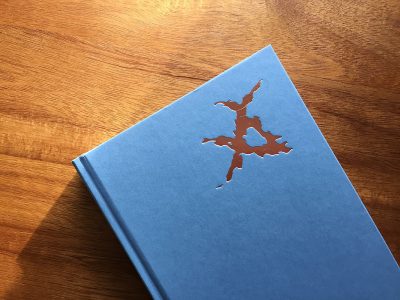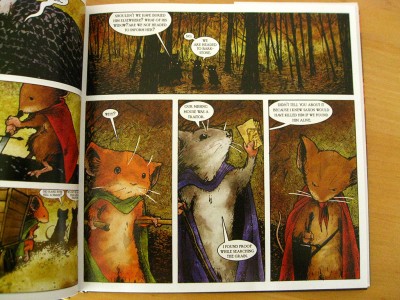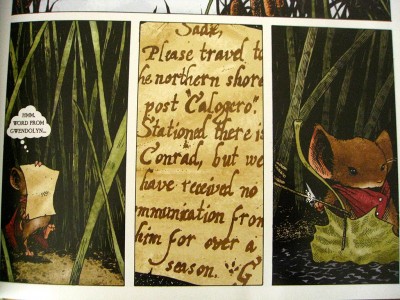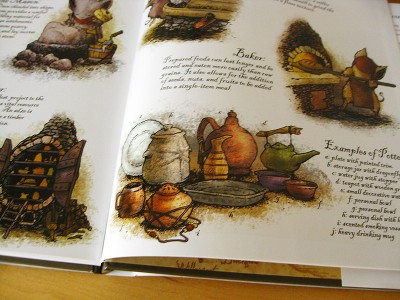Date read: 1.2.11
Book from: Public library
Reviewer: Emera

“The story I tell over and over and over and over is Beauty and the Beast. It all comes from there. There are variations on the theme–and it’s inside out or upside down sometimes–but the communication gap between one living being and another is pretty much the ground line. And usually the gap-bridger is love.”
– from Robin McKinley’s blog (this post)
Mirasol, formerly a beekeeper, has become the Chalice of her demesne, charged with binding and unifying both its inhabitants and its restive magical energies. Unfortunately, her demesne is unsettled by the violent deaths of its last Master and Chalice. The arrival of the new Master only promises more strife. Previously banished by his brother, the last Master, to the priesthood of fire, he returns more than a little inhuman, terrifying to his own people and perhaps unable to command the land’s magic as he should.
The feeling that struck me as I was reading Chalice was that I was reading Sunshine again – which makes perfect sense, given McKinley’s above reflection. Chalice plays on that dynamic, and many more of her trademarks: fearful and inexperienced but pragmatic, good-hearted protagonists; magic that’s as often inconvenient and frightening as it is wondrous. (Mirasol, when receiving omens of her impending Chalicehood, spends most of her time cleaning up after the overflowing milk and honey that result.)
More than any of McKinley’s other books that I can recall (except maybe Rose Daughter), Chalice has an elusive, vignette-ish quality to it. It feels as if we only spend a brief time with the characters and world before the curtain drops on the scene again. Mirasol’s world is rich with tradition and history – there are numerous mentions of a not-so-distant barbaric past, and Mirasol’s fellow Circle members have evocative, little-explained titles like “Talisman” and “Sunbrightener” – but we’re only privy to what detail Mirasol’s own experiences reveal. This guardedness lends the setting a pleasantly mysterious feel.

On the other hand, I was not so much a fan of the intense internality that controls most of the book. The vast majority of it happens inside of Mirasol’s head, with dialogue and action indirectly reported, and flashbacks and occasionally repetitive exposition occupying much of the first half of the novel. So while I was deeply intrigued by the setting and circumstances, I felt a little stifled and not immediately involved. I was also put off by the flatness of the political conflict that eventually tests both Chalice and Master. I realize that for McKinley it’s always more about how her protagonists overcome difficulties, rather than what in particular they’re overcoming, but it can start to seem a little silly when all the villains are either greedy Overlords or mincing sycophants.
Overall, though, I was happy to sit back and enjoy the ride, just soaking up the odd, earthy details of Mirasol’s life, the rituals that she concocts and carries out, and the few characters with whom she interacts. Also, the love story is very sweet. Throughout, McKinley wields crisp, vivid language that particularly helps to crystallize Mirasol’s experiences of magic. Chalice is not a must-read if you’re not already a big McKinley fan, but it is beautiful and ultimately satisfying, if on the slower side.
Go to:
Robin McKinley: bio and works reviewed
Beauty (1976), review by Emera
Deerskin (1993), review by Emera
Deerskin (1993), review by Kakaner

















